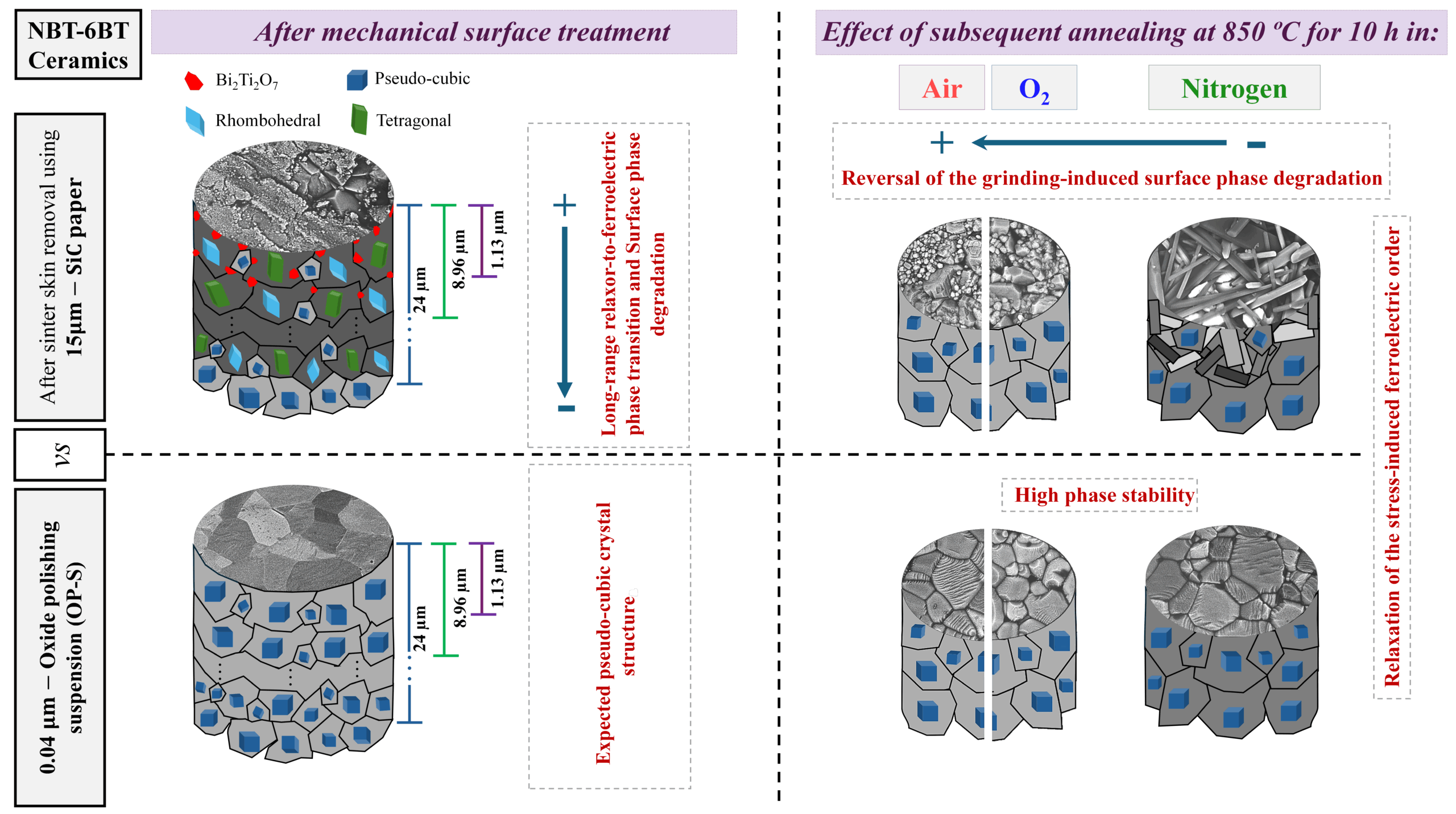“Mirror, mirror on the wall/Who’s the best mirror maker of them all?”
In the story of Snow White, the magic mirror is an important supporting character. It sees into places its interrogator cannot and reports back on the who, what and where and shows the action. To create the fantastical mirror, Disney used a talented team of storywriters and celluloid artists.
Similarly, astronomers look out from observatories into places that are inaccessible to humankind, in part because our lifespans are too short. To build the instruments that allow them to do so, they turn to teams of specialists to craft the mirrors that are amazing in their own right. Among the best of the mirror makers is the team at the University of Arizona’s Steward Observatory Mirror Laboratory in Tucson.
Last week the lab cast the second of seven massive glass mirrors that will be shipped to Chile for installation in the Giant Magellan Telescope. When completed, GMT will be able to acquire images 10-times sharper than the Hubble Space Telescope. The six outer mirrors are off-axis paraboloids, which makes them “the greatest optics challenge ever undertaken in astronomical optics by a large factor,” according to Roger Engel in a press release. Engel is the director of the SOML.
The 8.4-meter-diameter (about 27 feet) mirrors are cast from 21 tons of borosilicate glass provided by the Ohara Corp. Glass chunks weighing 4-5 kilograms are inspected and carefully layed out over a ceramic mold.The glass is melted at 1,165°C (at which point the glass has a honey-like viscosity) in a furnace that rotates at about 4 rpm. (See the spinning furnace in the video.) The spinning helps form the parabolic shape and reduces the amount of finishing needed later. According to a brochure (pdf) from the SOML, the furnace will spin rapidly for four or five days, and then at a much slower rate as the mirror goes through a three-month-long controlled cooling.
Last week’s melting and casting process of the second mirror took about 22 hours and it is now in the lengthy cooling phase. After removal from the furnace, the mirror undergoes a rough grinding step and is polished to a finish that is within 25 nanometer of specifications.
The backs of the mirrors are cast in a honeycomb configuration to reduce their weight, and more importantly, to allow the mirrors to thermally equilibrate quickly. Temperature changes on the mountaintop are rapid and can be fairly large, but the borosilicate glass has a low coefficient of thermal expansion, which allows it to remain stable despite temperature changes.
The facility expects to cast one mirror per year to complete the project. Each mirror will be shipped to Chile after its finishing is completed.
A lot of space is needed to make castings this large and to do the post-processing, and one might wonder where a large, urban university found space for the facility. Under the football field!
The SOML brochure lists the mirrors made by the SOML since 1985. The university has other mirror fabrication projects underway. A recent Eureka Alert press release describes a multi-million dollar project to polish a 4.2-meter-wide mirror for the Advanced Technology Solar Telescope in Hawaii. The mirror blank is being made by Schott in Mainz, Germany.
Author
Eileen De Guire
CTT Categories
- Aeronautics & Space
- Basic Science
- Glass
- Material Innovations
- Optics


